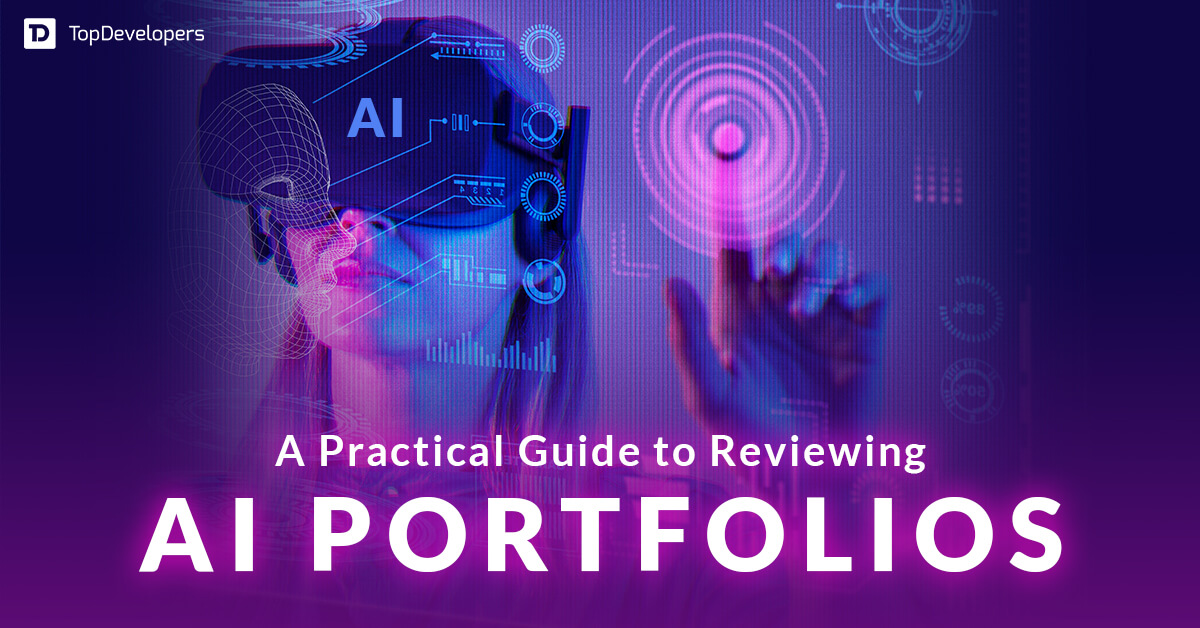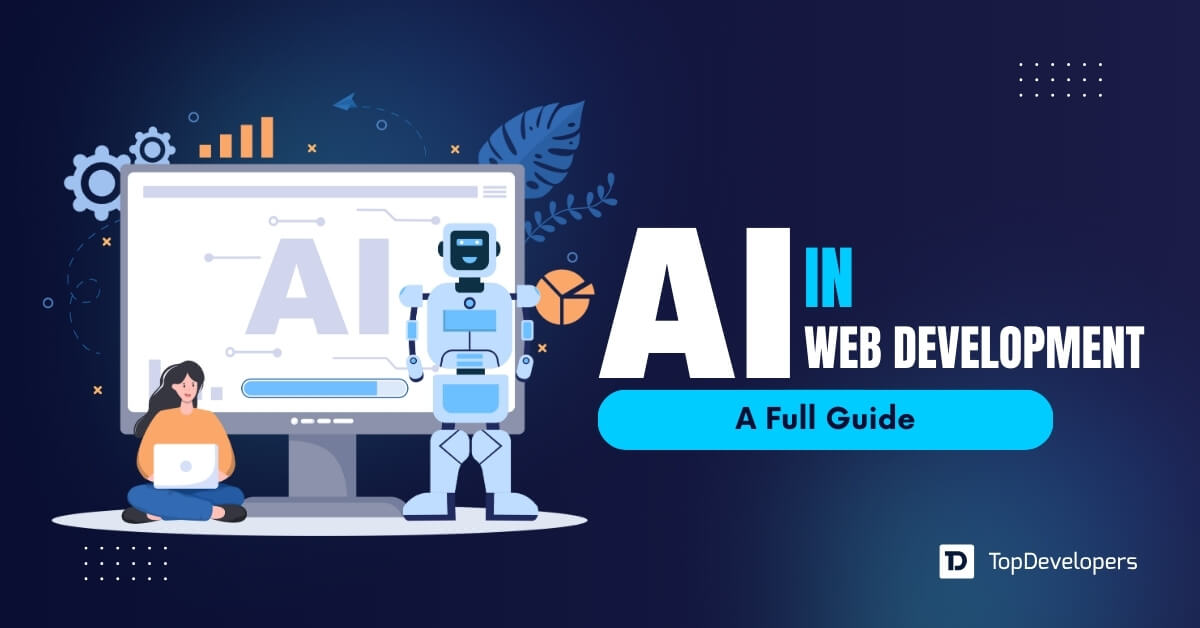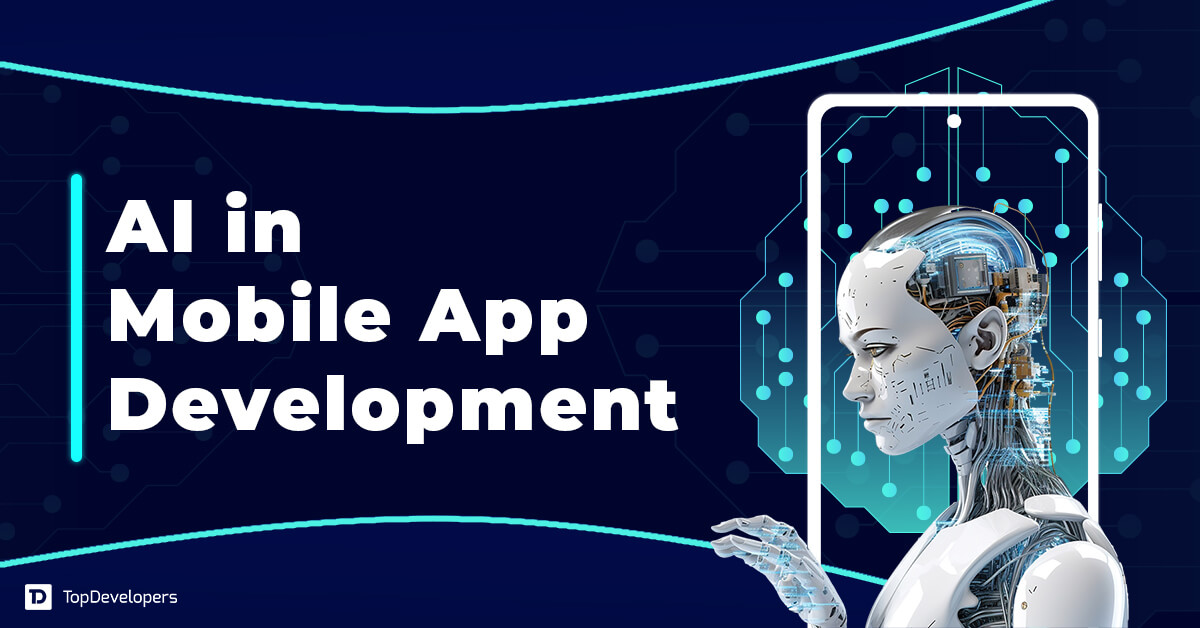
Content consumption is changing rapidly with the rise of AI tools powered by Large Language Models (LLMs). These LLM models are not just powering chat-based platforms, they are also influencing how people discover and interact with content across the internet. From search engines to customer support tools, LLMs are becoming a central part of the content delivery process.
According to a recent study by Gartner, by 2026, more than 80 percent of enterprise content will be consumed or generated using AI-powered tools. This shift highlights the growing importance of making content more accessible, understandable, and useful to machines, not just humans.
As Large Language Models continue to play a larger role in shaping user experiences, businesses need to adapt the way they create and present content. It is no longer just about writing for people, it is also about structuring content in a way that LLMs can easily interpret, summarize, and recommend.
This section explores practical strategies that help make content more LLM-friendly, improving visibility and usefulness in an AI-driven digital landscape.
Table of Contents
- Strategies for Optimizing Content for LLMs
- Write with Clarity for Better AI Interpretation
- Use Proper Headings to Structure Content Logically
- Deliver Factual and Trustworthy Information
- Focus on Semantic Relevance, Not Just Keywords
- Present Content in Structured Formats
- Ensure Content Has Topical Depth and Coverage
- Link Internally to Related Content
- Leverage Metadata and Structured Data
- Keep Content Updated and Fresh
- Monitor Performance and Refine Over Time
- Conclusion
Strategies for Optimizing Content for LLMs
Creating content that works well for humans is no longer enough. As AI continues to guide how information is found, understood, and shared, it becomes essential to adjust content strategies to meet the needs of Large Language Models. These LLM models rely on structure, clarity, and depth to recognize and recommend content across digital platforms.
The following strategies focus on making content more compatible with LLMs. Each one is designed to help improve how content is interpreted, surfaced, and presented by AI systems.
Write with Clarity for Better AI Interpretation
LLMs function best when they are given clear and unambiguous content. The simpler the language, the easier it is for AI systems to extract meaning, draw conclusions, and use the content in meaningful ways.
Using short sentences and straightforward vocabulary improves the chances of accurate interpretation. Overly complex phrasing or long paragraphs can confuse not only readers but also LLMs. Writing with a clear structure and purpose helps AI recognize the main ideas and supporting points.
Avoiding vague statements and clearly defining any technical terms creates better alignment between the content and user queries, especially when AI is used to generate responses or summaries based on that content.
Use Proper Headings to Structure Content Logically
Headings serve as essential markers for LLMs. They help define the flow of information and allow AI models to understand how different parts of the content relate to one another.
Using H2 and H3 headings in a logical sequence improves how content is segmented and processed. Each heading should accurately describe the section that follows, guiding both the reader and the model through the topic. Generic headings like “Things to Know” or “More Information” do not provide enough context. Descriptive titles such as “Benefits of Using LLMs in Marketing” or “Common Challenges with AI Content Optimization” give a clear signal about what to expect.
This structure not only improves readability but also increases the chances of the content being selected or summarized by AI tools.
Deliver Factual and Trustworthy Information
Large Language Models are designed to prioritize content that is accurate and based on reliable information. They often rely on factual consistency to determine whether a piece of content is useful or not. When content includes misleading statements or vague claims without support, it becomes less valuable in the eyes of AI systems.
Including up-to-date data, industry insights, and credible references strengthens the trustworthiness of content. Even if citations are not visible to the user, LLMs assess the quality of information by matching it with widely accepted sources and known facts.
Avoiding exaggeration or unsupported marketing language also helps maintain the credibility of content. Trustworthy and balanced information stands a better chance of being featured or quoted by LLMs in answers, recommendations, and summaries.
Focus on Semantic Relevance, Not Just Keywords
While keywords still matter in content optimization, LLMs look beyond exact matches. They are trained to understand the meaning behind words and how different terms relate within a given context. As a result, using only repetitive keywords without meaningful connections does not help in improving visibility through LLMs.
Instead of focusing on high-volume phrases alone, it is more effective to use a range of related terms, synonyms, and topic-specific language. This signals to the AI that the content is well-rounded and contextually relevant.
Maintaining a natural flow of language while including important terms helps LLMs understand the subject more deeply. This approach improves the chances of content being ranked higher or referenced by AI-driven systems during user interactions.
Present Content in Structured Formats
LLMs perform better when information is well-organized and easy to scan. Using structured formats such as lists, bullet points, and tables makes content more accessible for both AI models and human readers. These formats allow LLMs to identify key details quickly and relay them in response to user queries.
For example, when presenting steps, comparisons, or grouped ideas, a list format helps AI models understand relationships between items. This can lead to better summaries and higher visibility in AI-generated content previews.
Maintaining a balance between paragraphs and structured elements keeps the content engaging while also making it easier for LLMs to process and reuse.
Ensure Content Has Topical Depth and Coverage
Large Language Models favor content that provides thorough coverage of a subject. Shallow or surface-level content may not be considered useful enough to be included in AI-generated outputs. Exploring various angles within a topic helps improve relevance and usefulness.
Covering related subtopics, answering frequently asked questions, and providing actionable insights adds depth to the content. This makes it more likely for LLMs to view the content as a comprehensive source.
Depth also supports long-term visibility, as AI models continue to evolve and prioritize content that offers meaningful, complete information rather than just high-level summaries.
Link Internally to Related Content
Internal linking helps establish clear relationships between different pieces of content on a website. When done thoughtfully, it guides both users and LLMs to explore related information in a structured way. This not only improves navigation but also enhances the context in which certain topics are presented.
LLMs use internal links to understand how content is connected across pages. Linking to relevant articles or related topics gives the AI more context, which can improve the accuracy and depth of responses generated from that content. It also helps build authority around core topics by showing a consistent flow of information within the site.
Using clear anchor text that reflects the linked content’s subject adds further clarity for both readers and language models.
Leverage Metadata and Structured Data
Metadata provides background information that helps LLMs categorize and interpret content more accurately. Elements such as page titles, meta descriptions, and alt text serve as cues for AI systems to understand what the content is about before even reading the full text.
Incorporating structured data through schema markup adds another layer of clarity. This helps language models identify specific types of content, such as articles, reviews, or product details, and understand their relevance to user queries. Structured data makes it easier for AI to organize and present content in search results or featured snippets.
Taking time to refine metadata and add appropriate schema contributes to better visibility and a higher chance of content being selected or summarized by AI tools.
Keep Content Updated and Fresh
LLMs are trained on a wide range of sources, but they prioritize content that reflects the latest information. Outdated data, broken references, or old examples can reduce the perceived value of a page, both for users and AI systems. Keeping content updated signals reliability and ongoing relevance.
Regular updates can include adding new statistics, changing outdated terminology, or revising examples to match current trends. Even minor adjustments, when done consistently, help maintain the freshness and accuracy of the content. LLMs are more likely to reference or highlight information that appears timely and well-maintained.
Content that evolves with industry changes also positions a website as a credible source, making it more useful in AI-driven responses.
Monitor Performance and Refine Over Time
Optimizing for LLMs is not a one-time task. It requires continuous observation and refinement. Using analytics tools to track how content is performing helps identify areas for improvement. Factors such as page engagement, bounce rates, and search visibility can reveal whether the content aligns with user expectations and AI relevance.
Monitoring how content appears in AI-powered platforms can also provide valuable insights. If certain pages are being referenced more often or generating summaries in search results, it could indicate that the structure and tone are effective. Learning from those results and applying the same strategies to other content pieces can improve overall performance.
Regular performance reviews make it possible to adjust and enhance content strategies as AI models evolve and user behavior shifts.
Conclusion
As AI becomes more involved in shaping how content is found and understood, optimizing for Large Language Models is no longer optional. It has become an essential part of modern content strategy, especially for businesses aiming to stay relevant in an increasingly automated digital landscape.
From clarity in writing to structured formatting and topical depth, each strategy supports better recognition and use of content by LLMs. These adjustments not only improve discoverability but also contribute to long-term value in environments powered by AI systems.
Understanding how LLMs process information is becoming just as important as traditional SEO methods. Businesses looking to expand their digital presence can benefit from observing how content is handled by leading AI systems and learning from the practices used by the top AI LLM development companies. Their ability to align structure, semantics, and depth offers practical insight into how AI views and values information.
Optimizing content for LLMs is not about following trends. It is about aligning with how modern systems interpret and prioritize quality, relevance, and clarity in a data-driven world.
 Gillian Harper
| Apr 3, 2025
Gillian Harper
| Apr 3, 2025
A professionally engaged blogger, an entertainer, dancer, tech critic, movie buff and a quick learner with an impressive personality! I work as a Senior Process Specialist at Topdevelopers.co as I can readily solve business problems by analyzing the overall process. I’m also good at building a better rapport with people!


